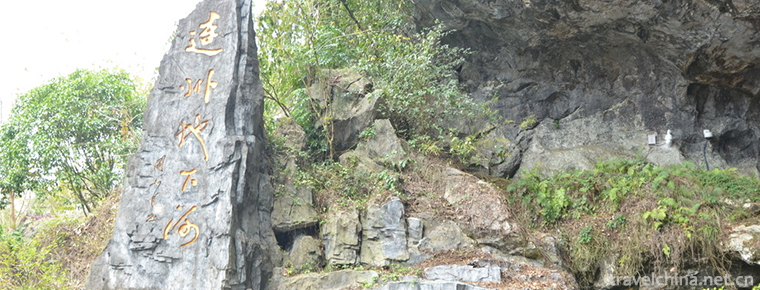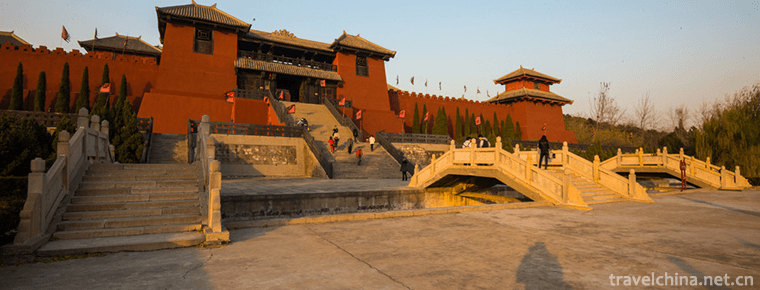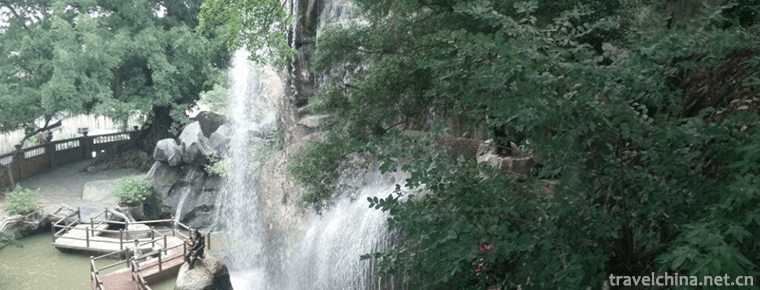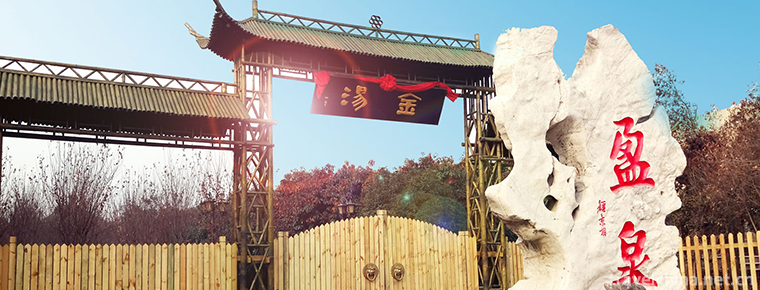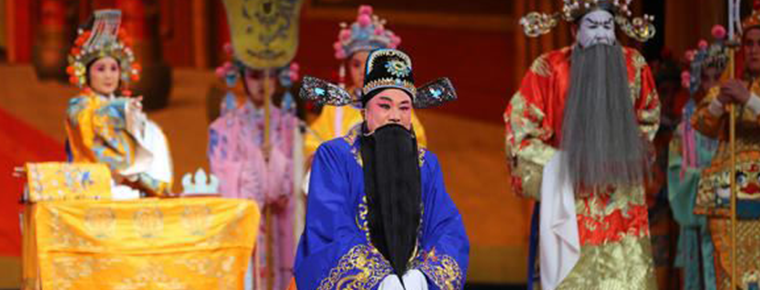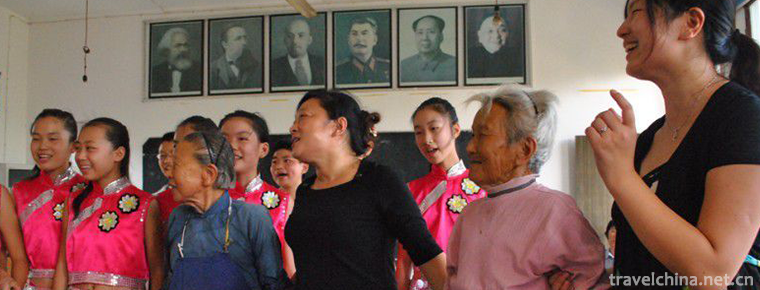Rubbing and Printing Skills of Hengshui Inscriptions
Rubbing and Printing Skills of Hengshui Inscriptions
Hengshui Law Tie Engraving and Printing Technology, the traditional handicraft of Taocheng District, Hengshui City, Hebei Province, is one of the national intangible cultural heritage.
The history of Hengshui wooden carving can be traced back to Tang Dynasty. It flourished in Ming Dynasty and Qing Dynasty. Its exquisite carving skills fully show the exquisite Chinese character calligraphy.
On May 23, 2011, Hengshui Law's engraving and rubbing technology was approved by the State Council and listed in the third batch of national intangible cultural heritage list, item number_-201.
historical origin
The history of the rubbing of Yanzhuang calligraphy can be traced back to the Tang Dynasty. In the eighteenth year of Tang Zhenguan (644), when the sick Taifu Gavenda of Shu Dynasty died in Chang'an, he was buried in the ancestral Tomb of Dongge Village in Taocheng District of Hengshui. The inscription was written by the great calligrapher of Tang Dynasty, Zhu Suiliang Shudan. Businessmen sell rubbings on-site, and rubbings are widely circulated. Later, people in the nearby counties of Hengshui County followed the example of businessmen selling rubbings. For a time, rubbings, papermaking and ink making rose among the villagers around Dongge Village. After thousands of years, to the nineteenth year of Emperor Kangxi of Qing Dynasty, "Hengshui County Chronicle" has a record of "today's peeling off" of the Gavenda tablet.
During the Northern Song Dynasty, the government prevailed to print the calligraphy of predecessors into ink collection. When the wise Hengshui people saw the inconvenience of engraving on the stone tablets, they copied the calligraphic ink of the famous masters of the past dynasties on the wooden board and then printed and mounted them, and sold them in volumes. Because the board is easy to handle and the engraving is time-saving and labor-saving, it has a great role in promoting the industrialization of the later rubbing technology.
In the late Ming Dynasty, Yan Rongzhang, a man named Yan Rongzhang, was an apprentice at the Tie Paver of Liulichang in Beijing. After returning to the village, he handed down the technique of carving Tie to the villagers of Yan Jiazhuang. Villagers handed it down from generation to generation. Everyone took carving as his skill and making Tie as his career. By the middle of Qing Dynasty, Yan Jiazhuang's carving of Fa Tie had formed an industrial chain. At the end of the Qing Dynasty and the beginning of the Republic of China, Yanjiazhuang Fa Tie entered the capital. According to the book "Xiao Zhi of Liulichang" compiled by Sun Dianqi, a Jizhou native, there are shops in the cultural street of Liulichang in Hengshui, where Yan Shizhu and Yan Bingyi master and apprentice operate Fa Tie and print calligraphy album pages. They are "Yimotang" opened in Guangxu 20 years and "Yunzhu Dun" opened in the 16th year of the Republic of China. During this period, because of the idea of reform, advocating new learning, setting up schools in the society, advocating equality between men and women, children were enrolled in school to study and learn Chinese characters. For a time, there was a great demand for copies of traditional calligraphy. This also promoted Yan Jiazhuang's calligraphy to expand the scale of production and operation. At that time, besides selling in Beijing, Tianjin and Hebei, Hengshui cultural traders also traveled to Shanxi, Shaanxi and China. Mongolia, Liaoning and other places for export.
By the outbreak of the War of Resistance Against Japan, Hengshui Tie had ceased because of the war, the founding of New China, the rise of new technology, the lack of access to traditional skills, the local legacy of Tie rubbings, rubbings and other precious cultural relics were destroyed as the "Four Old" in the "Cultural Revolution", surviving hundreds of old Tie boards has been a very small part. Since the 1990s, with the state's emphasis on the protection of cultural relics, Hengshui Tie Printing Technology has been listed in the national intangible cultural heritage protection list. The government has made great efforts to inherit this traditional technology by appointing inheritors, building museums and supporting the development of cultural industries.
Inheritance significance
Inheritance value
Hengshui Tie Printing Technology is not only an ancient printing technology that once promoted the spread of Chinese calligraphy art, but also an art that can be replaced by modern printing as a printing technology. However, as an art, it incorporates the producer's understanding and emotion of the original calligraphy art, and is converted into paper art form through woodcut and rubbing. This kind of production experience is essentially a kind of artistic creation, which has artistic value.
Inheritance status
There are fewer and fewer people who study Hengshui law stamp engraving and printing technology, which makes Hengshui law stamp engraving and printing technology face the problem of inheritance.
Inheriting characters
Yan Changhao, male, Han nationality, born in 1934 in Taocheng District, Hengshui City, Hebei Province. In 2008, he was selected as the representative successors of the first batch of intangible cultural heritage projects in Hebei Province.
Li Guangmin, male, Han nationality, born in 1972 in Taocheng District, Hengshui City, Hebei Province. In 2013, he was selected as the representative successors of the third batch of intangible cultural heritage projects in Hebei Province.
protective measures
In 1994, the State Administration of Cultural Relics allocated special funds to build the "Museum of Law Ties" in Baoyun Monastery.
In 2009, the Taocheng District Committee and the District Government of Hengshui City invested 700,000 yuan to move the Fate Museum into the People's Road Study Exhibition Hall in the city center.
social influence
In March 2009, Hengshui Law's engraving and rubbing technology became the only provincial intangible cultural heritage project in Hebei Province to participate in China's Intangible Cultural Heritage Exhibition Conference in Beijing.
In January 2011, the first cross-regional exchanges were achieved between block printing and French print rubbing, with "World Heritage" and "National Heritage" joining hands.

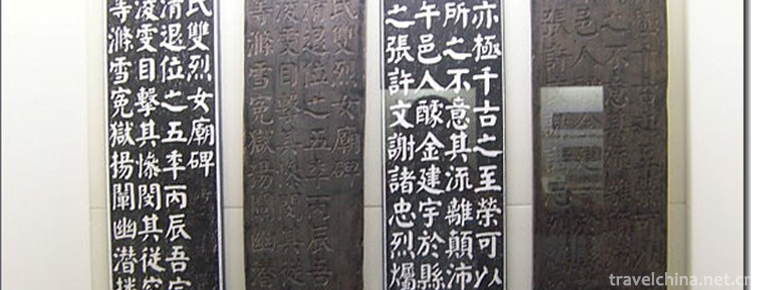
-
Lianzhou Underground River Scenic Spot
Lianzhou City is located in the northwest of Guangdong Province and the upper reaches of Lianjiang River. The northeast is connected with Yizhang County in Hunan Province.
Views: 88 Time 2018-12-12 -
Nanning Zoo
Nanning Zoo, located at 73 East University Road, Nanning City, was built in 1973. It was officially opened to the outside world in 1975 with a total area of 39.1 hectares. It receives more than 1 mill.
Views: 173 Time 2018-12-27 -
Jiaozuo Film and Television City
Jiaozuo Film and Television City, located in Jiaozuo City, Henan Province, is a large-scale comprehensive tourist area with film and television shooting services as the main function.
Views: 94 Time 2019-01-22 -
Lianhua Rural Tourist Area
Lianhua Rural Tourist Area is a national AAAA-level tourist area, located in the northeast of Chenghai District, Shantou City, with Dongli Town in the East and Tiepu Town in Chaozhou City in the west.
Views: 128 Time 2019-01-29 -
Liaoheyuan National Forest Park
Liaoheyuan National Forest Park is located in Dawopu Forest Farm, Pingquan County, Hebei Province. It is named for its birthplace of Liaohe River in China..
Views: 147 Time 2019-01-30 -
Xinyingtai Eco Spa Resort
Yingtai Eco-Hot Spring Resort (Eco-Park) is located on the parallel road of Tengzhou City, Shandong Province. It is a comprehensive service enterprise integrating eco-catering.
Views: 180 Time 2019-02-26 -
Traditional archery
The traditional bow is an ancient invention consisting of three parts: wood, horn and tendon. The manufacturing process is complex and the materials used are various, and the workmanship and material .
Views: 153 Time 2019-04-19 -
Lantern show
Lantern Opera is not only a traditional folk opera with local characteristics in Chongqing and Sichuan, but also one of the important voices of Sichuan Opera. It originates from northeast Sichuan.
Views: 143 Time 2019-04-26 -
Huai Bang
Huai Bang (also known as Huai Diao, commonly known as Huai Qing Bangzi, Lao Huai Bang, Xiao Bang Opera and Xiao Ban Opera), is one of the traditional local operas in Henan Province and one of the nati.
Views: 93 Time 2019-05-04 -
Mashan folk songs
Mashan Folk Song is a traditional folk song form which is popular in the area of Mashan Town, Jingzhou District, Jingzhou City, Hubei Province. One of China's national intangible cultural heritage lis.
Views: 333 Time 2019-05-15 -
Girl on Bridge Hai Lun Tik Tok Songs 2020 Hot Songs
Girl on Bridge is a song composed and sung by Helen and released on November 9, 2019.
Views: 205 Time 2020-05-21 -
Population of Yibin
By the end of 2019, the total registered residence of Yibin was 5 million 515 thousand, 8 thousand less than the end of last year, and the registered residence population urbanization rate was 37.87%, which was 2.28 percentage points higher than that .
Views: 147 Time 2020-12-18
